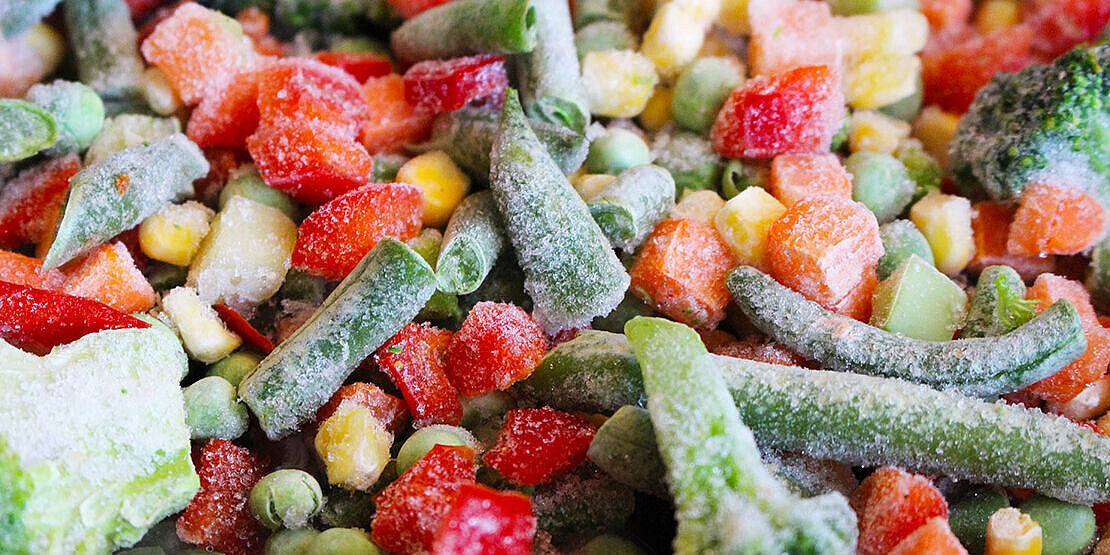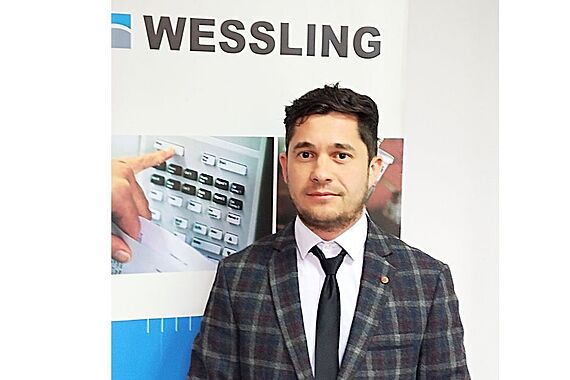Tighter regulations for chlorate and perchlorate in food and drinking water from 1 July 2020
Chlorinated residues in food are often detected in laboratories in concentrations above the limit value. The European Commission has changed the Regulation on chlorinated residues in foodstuffs from 1 July 2020.

Preparations containing chlorates (ClO3 ions) are total (non-selective) herbicides, which have been banned in the European Union since 2011, but have remained in the environment. In addition to water chlorination, as the use of disinfectants becomes more frequent, the supply of chlorate residues in the environment continues.
From the entry into force of the Regulation, regular inspections of food and drinking water should be assessed in accordance with Article 14 of the basic Regulation no. EU Regulation 178/2002 based on a risk assessment.
In what type of foods were found chlorate residues?
Chlorate has been found in frozen vegetables, fruit juices, salads and herbs.
By using water that has been previously treated with chlorinated substances at different stages of food production, chlorate can enter in fruits and vegetables.
How does chlorate get into food?
Common processes such as diluting juice concentrates or washing herbs and salads bring to our meals in addition to vitamins and substances harmful to health. Chlorate can occur as a by-product when chlorinated substances are used for cleaning or disinfection. If water that has previously been treated with biocidal products containing chlorine for disinfection is then used for food production processes, chlorate can enter the food.
Due to the coronavirus epidemic, the cheapest and most effective method for disinfecting various water systems and slightly infectious surfaces is usually the use of a chlorine-containing disinfectant, such as sodium hypochlorite or, in the case of aqueous systems, chlorine dioxide. In the practice of water utilities, it is essential to disinfect the piping system and drinking water. Therefore, it is necessary to monitor the amount of chlorate generated by the disinfection technology in a continuous monitoring process.
Chlorate can also enter food through the use of chlorinated irrigation water. Previously, chlorates were also used in pesticides and biocides. This use is now banned in the EU.
Hazardous concentrations in healthy foods
In order for the fruits and vegetables that arrive on our tables not to be “spiced” with dangerous substances, it is necessary that the big chains of stores, markets and producers apply rigorous food control systems in analysis laboratories. In order to ascertain the absence or compliance with the limits set for chlorate in vegetables and fruits, tea, spices or tobacco, laboratory determinations of the concentration of this dangerous substance are required.
The tolerable residue level is 10 μg / kg (0.01 mg / kg) for chlorates in food. This value is often exceeded due to the amount of chlorate present in the environment. Therefore, the presence of chlorate ions in food, including drinking water, should be monitored continuously.
Perchlorates (ClO4 ions) can also be formed during the decomposition of hypochlorite products used for general disinfection (mainly due to water chlorination). But perchlorates can also be formed in certain rocks by natural geochemical means. The permitted limits for perchlorates in food are covered by Regulation 2020/685 EC. Maximum levels vary between 0.01 and 0.75 mg / kg, depending on the type of food. Perchlorates, among other things, inhibit the dietary intake of iodine in warm-blooded organisms, including humans, thus disrupting thyroid function.
How does the test for chlorate and perchlorate concentration work?
Although the structures of these two inorganic anions are quite similar (perchlorates have an oxygen atom more than chlorates), their chemical analytical determination requires considerably different methods and techniques: while chlorate ions can be determined from water samples relatively easily - at residue levels required by the European Union, liquid chromatographic separation and selective mass detection (LC / MS / MS) are required. The determination of chlorate ions in food is also performed by the developed LC / MS / MS technique.
WESSLING Romania specialists continuously monitor changes in regulations in EU food safety legislation. WESSLING laboratories have extensive experience in the analysis of residues of hazardous substances in food and water and develop validated, accredited methods for the determination of chlorate and perchlorate ions in food and water.
Thus, farmers, food producers, raw material suppliers, traders and water plant managers are supported and can be sure of the good quality of the products they produce or the drinking water they supply.
Accreditation of laboratories according to SR EN ISO / IEC 17025 ensures the international recognition of analysis results.
Contact:
- Alin Moldovan
- +40 752 062 395
- alin.moldovan@wessling.ro
